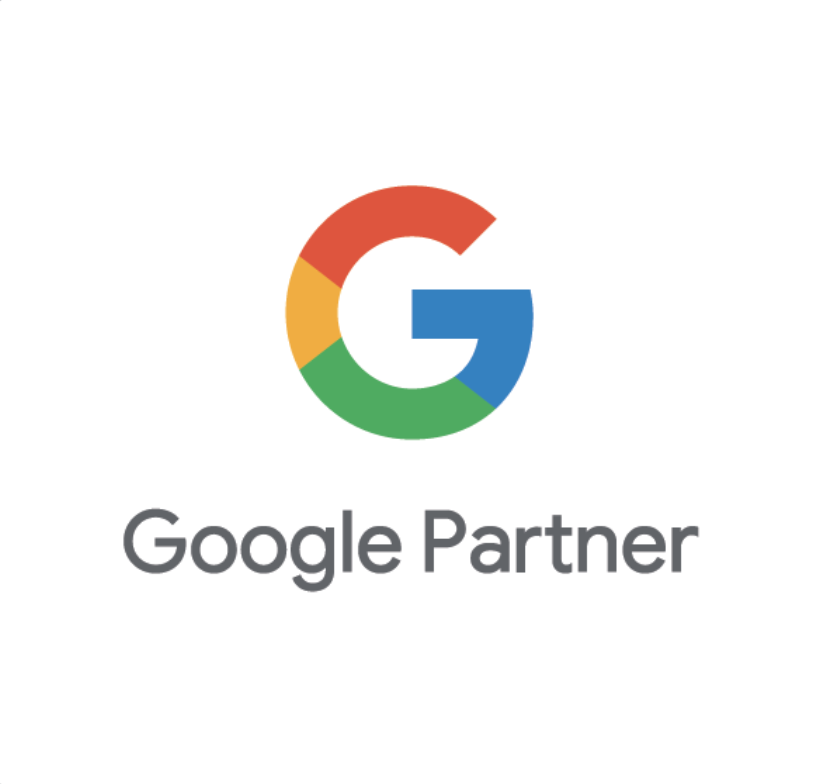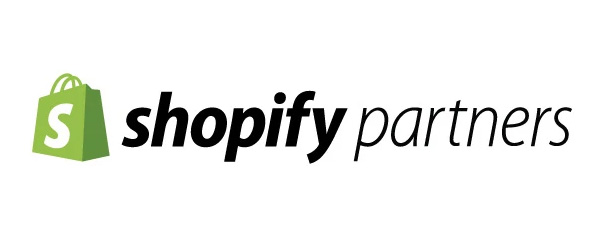In January 2020, Google announced the impending end of third-party cookies, set to take effect in early 2024. Now that time has arrived, and digital marketers worldwide are gearing up for a cookieless online landscape. Here are some valuable tips to help you prepare and strategize for a world without cookies.
Embrace Permission-Based Ads
One effective alternative to third-party cookies is permission-based ads. With this approach, users must explicitly grant consent before receiving personalized advertisements. Brands can collect this permission through various channels such as email sign-ups or preference centers on their website. By obtaining explicit consent, businesses can still deliver tailored messaging to their target audience without relying on third-party cookies.
Prioritize First-Party Data
As the significance of third-party cookies diminishes, the value of first-party data becomes even more important for advertisers and marketers. First-party data refers to information collected directly from a brand’s own customers or website visitors. It enables brands to gain a deeper understanding of their audience and create more personalized campaigns based on their behaviors and preferences. Many brands already possess a wealth of first-party data from email campaigns and newsletters, which will prove even more valuable in the absence of third-party cookies.
Invest in Contextual Targeting
Contextual targeting involves placing ads on websites that align with the content of the ad itself. For instance, a brand selling outdoor gear may choose to display their ads on hiking or camping websites. This type of targeting can effectively reach a relevant audience without relying on third-party cookies.
Stay Informed
Staying up to date with Google’s privacy regulations and other relevant laws and policies concerning consumer data tracking is crucial. In our ever-changing technological landscape, the ability to adapt quickly is paramount. Familiarize yourself with Google’s Privacy Sandbox, an initiative aimed at creating privacy-protective technologies while providing companies and developers with tools to thrive in the digital space. The Privacy Sandbox has two core aims: phasing out support for third-party cookies and reducing cross-site and cross-app tracking, all while ensuring that online content and services remain free for everyone.
The era of third-party cookies has officially come to an end, ushering in a new era for digital marketers worldwide. As we navigate this cookieless online environment, adapting strategies becomes paramount.
Leveraging permission-based ads, where user consent is the cornerstone, is the path forward. First-party data takes center stage, offering marketers a deeper understanding of their audience’s behaviors and preferences. Investing in contextual targeting allows advertisers to reach relevant audiences without relying on third-party cookies. Moreover, staying informed is crucial, with a focus on Google’s evolving privacy regulations and the dynamic landscape of consumer data tracking laws. As we embrace this shift, the industry’s ability to swiftly adapt will be pivotal, ensuring that personalized and effective digital marketing persists in the absence of third-party cookies.













